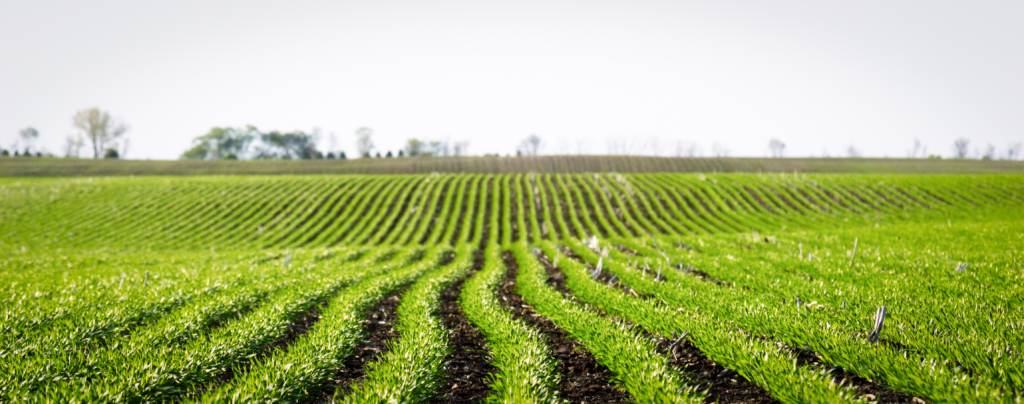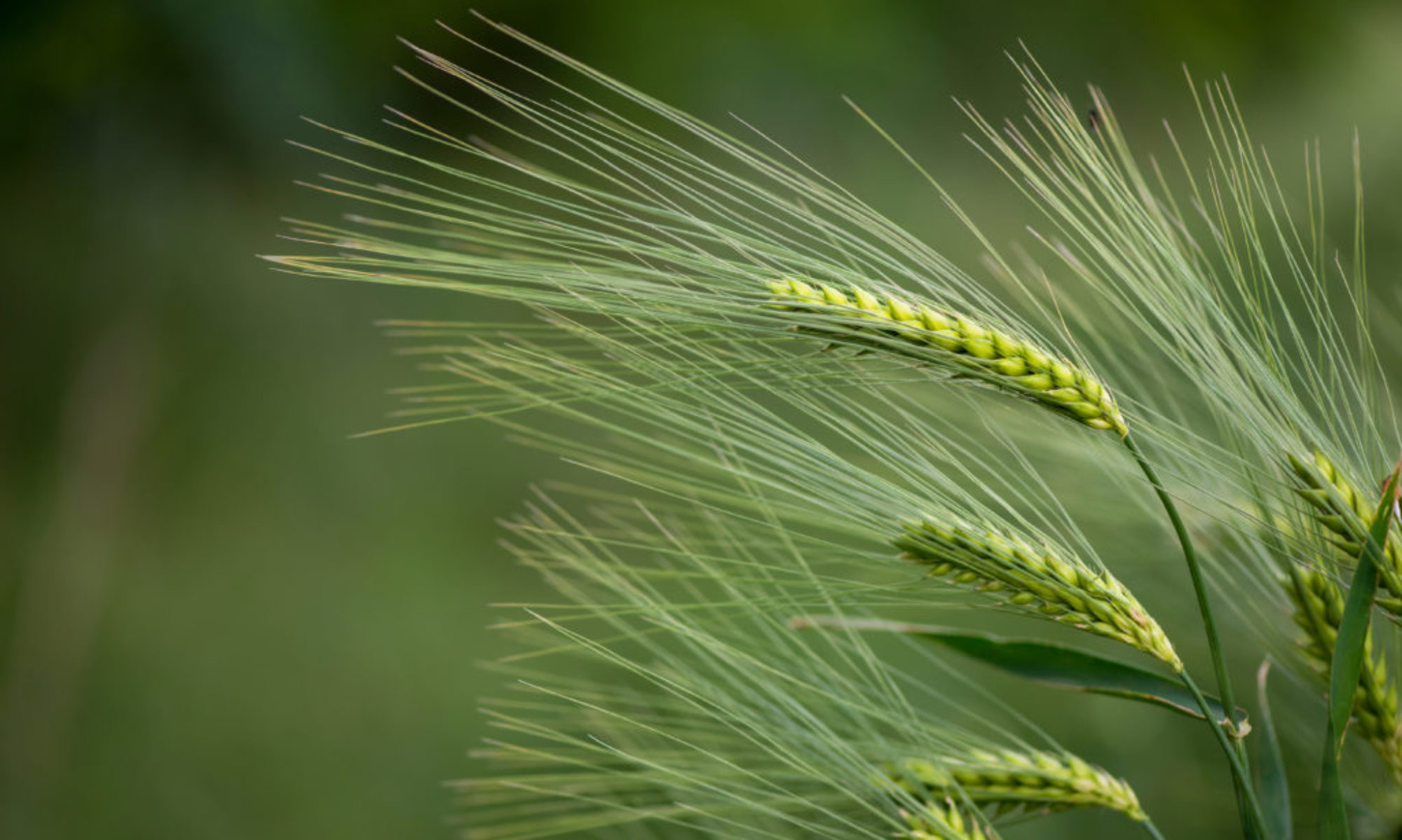Barley lodging is one well known difficulty farmers face. Seasonal factors, sowing time, and seed rate can all impact the amount of lodging we see throughout the year. But how can this issue be avoided and prevented as we head into the spring growing season.
First, we should know there are two primary types of lodging, stem and root. Stem lodging occurs after emergence when the stem has too much shoot to contend with. On the other hand, root lodging occurs earlier, and at the ground level when the root system does not yet have the strength to support the barley plant. Both of these should be avoided if possible to prevent the yield loss they cause.
After considering the end market and yield potential of their barley, farmers can decide how and if they want to employ these tactics to prevent lodging.

One commonly applied strategy is reducing the applied nitrogen used on a field in order to limit excessive growth when the plant is young. This helps prevent lodging by slowing the barley down, lessening the chance of stem and root lodging. This tactic does not come without cost however. Applied nitrogen is extremely beneficial to barley and how this strategy can be utilized is contingent on soil nitrogen and plant necessities.
It should be noted though that nitrogen application has an impact on how barley can be marketed. Food, malting, and feed barley have different protein requirements, and the amount of protein in barley is impacted by nitrogen application.
Another tactic to prevent barley lodging is to reduce the seeding rate or plant density of the crop. By planting less seeds per acer, or simply thinning plants over-large canopies are prevented.
Finally, plant growth regulators, or PGR’s, are a common way to prevent lodging. PGR’s work to shrink stem height and give the stalk more strength. This method can be beneficial in preventing lodging and increasing crop uniformity.
